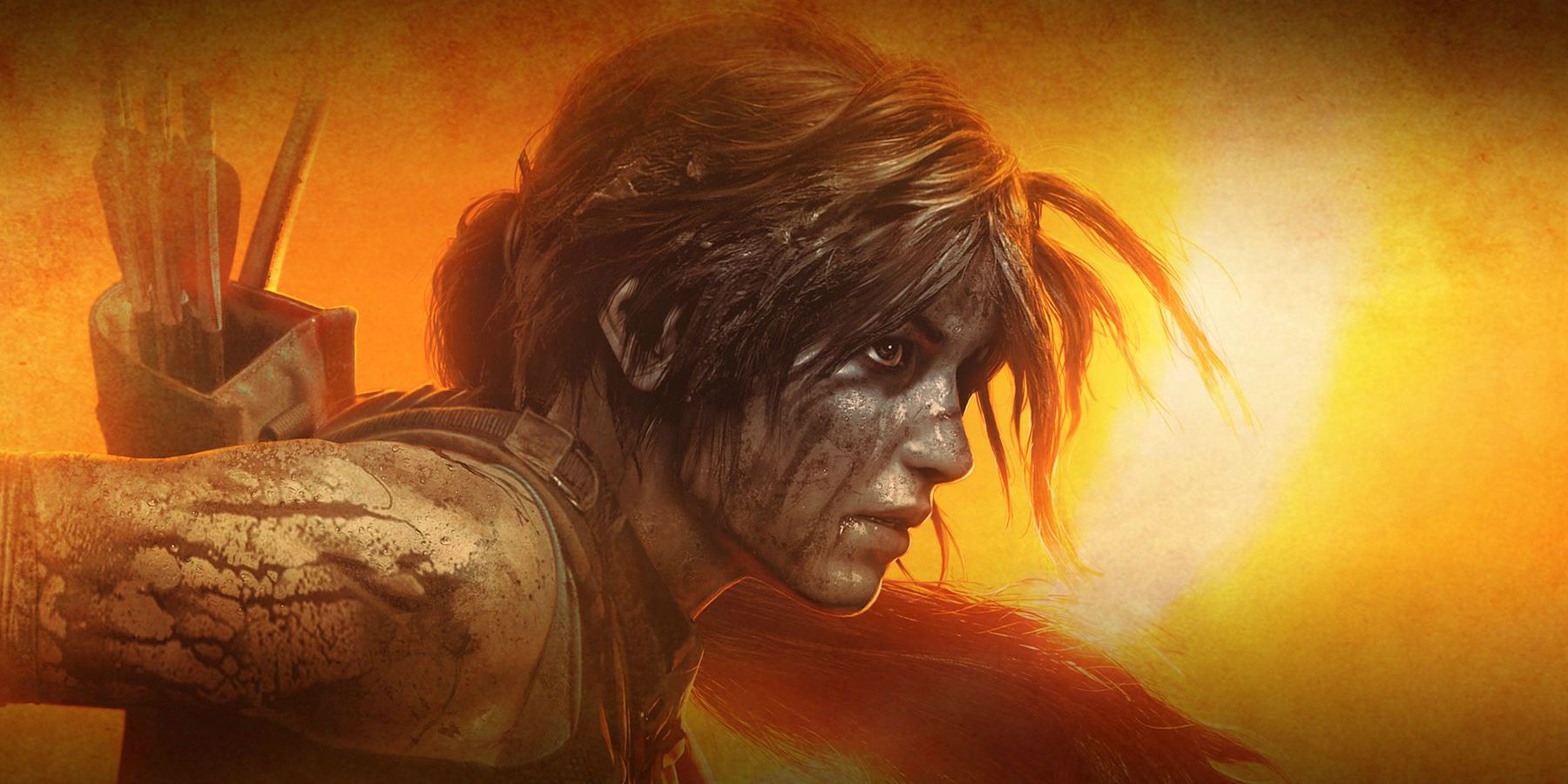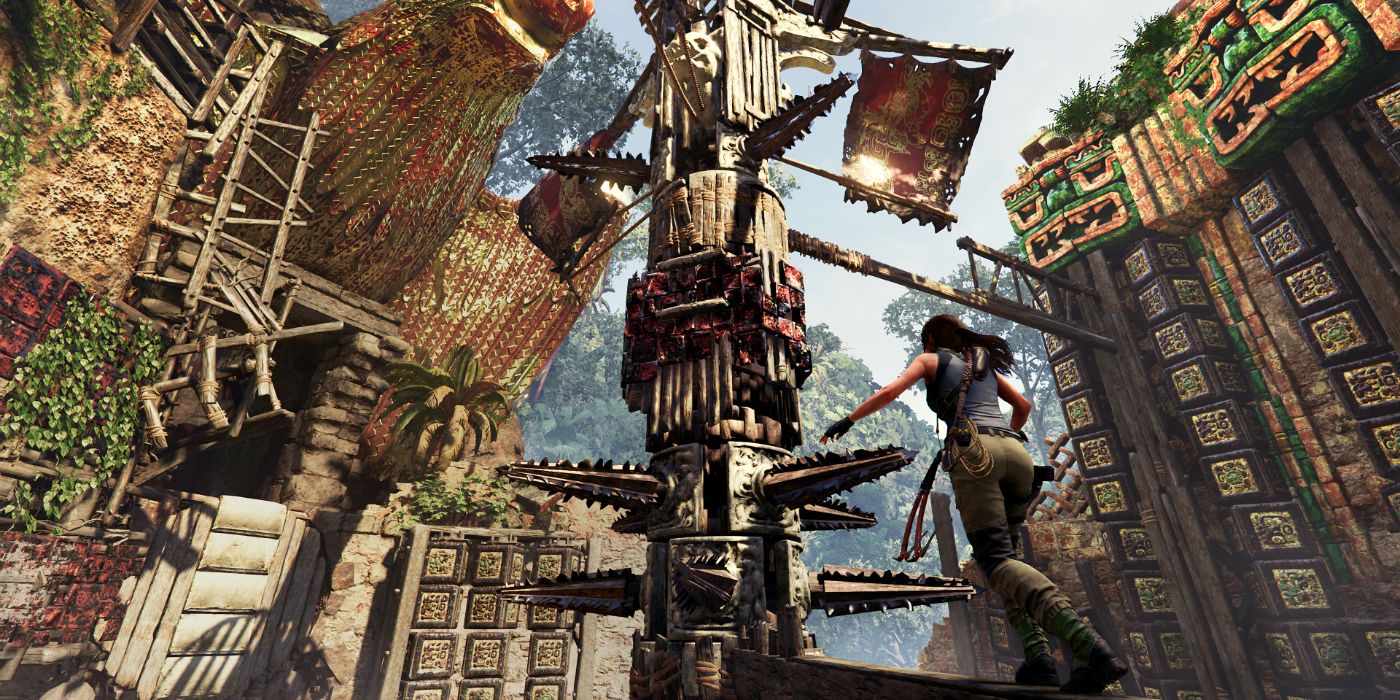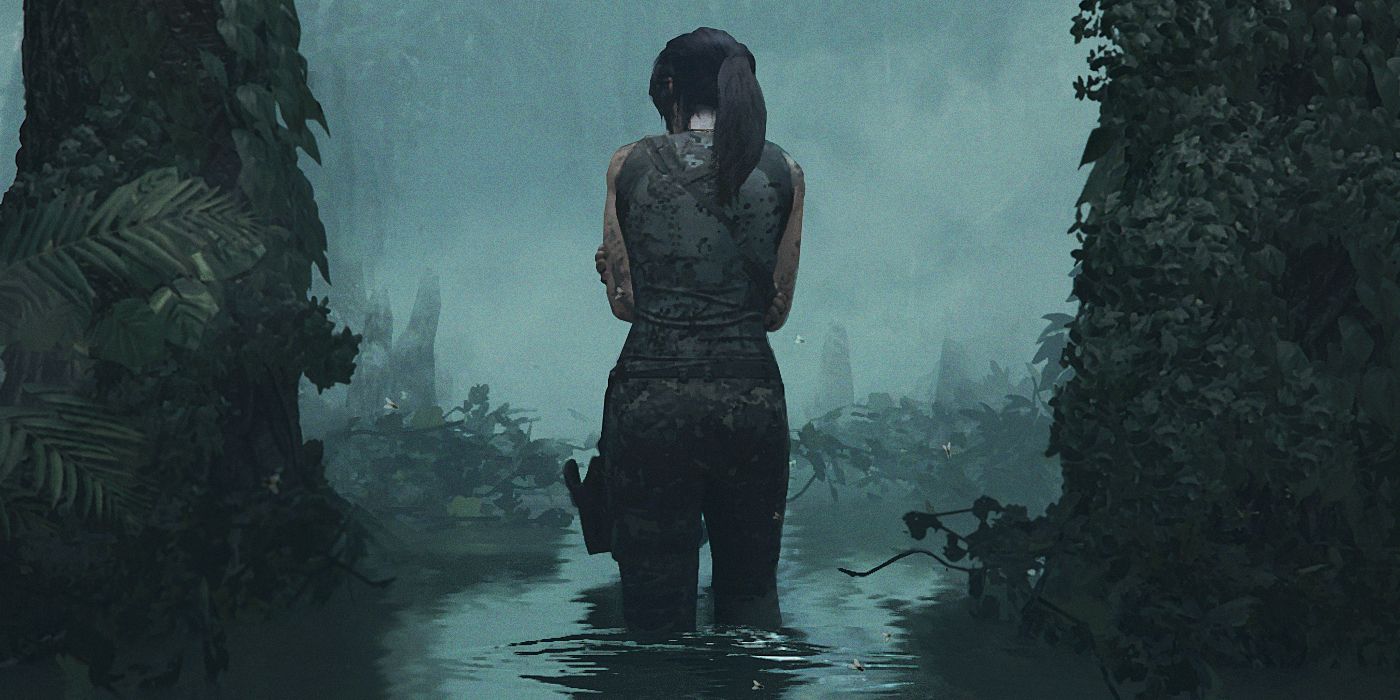Shadow of the Tomb Raider is the third and final installment in Square Enix's rebooted trilogy, but does it live up to expectations? Crystal Dynamics developed the first two installments in the series - beginning with 2013's Tomb Raider and continuing with 2015's Rise of the Tomb Raider - but Deus Ex studio Eidos Montreal took point on the latest title, though they've received some help from this trilogy's original developers.
Continuing the story that left off with Rise of the Tomb Raider, this year's Shadow of the Tomb Raider takes place approximately two months after the previous installment and sees Lara Croft and Jonah Maiava travel to South America to uncover the mysteries behind the death of Lara's father and the origin of the Trinity organization, as well as, of course, prevent the end of the world. But instead of taking a simplistic, run-of-the-mill path in telling its narrative, Shadow of the Tomb Raider dives deeper into Lara's story than ever before - and it truly works.
Related: Shadow of the Tomb Raider Devs Not Worried About Competing With Spider-Man
Ultimately, it's a deconstructionist tale of Lara's journey, presenting consequences for her perilous actions and unwavering ambition. Over the years, Lara evolved from a singular archetype into a multi-dimensional character, one who hasn't particularly grown in recent iterations. While the last two games each had their own pros and cons, especially with regards to the overarching narrative, Shadow of the Tomb Raider takes more than just the next step in identifying the crux of what makes Lara Croft who she is - and it isn't just finding out who killed her father, although that is a driving factor in moving the story forward. Rather, it's about her perverse predilection to being surrounded by death, though not always by her own volition. After all, raiding tombs can only bring so much joy to one's life.
Although Shadow of the Tomb Raider is a radical installment in the long-running franchise, it's arguably one that was necessitated in order to shoot some adrenaline into a story arc - one that started to falter a bit along the way - spanning an entire trilogy. Seeing Lara finally become the tomb raider that she was always meant to be while also seeing her ultimately let go of her past and her burden, and push forward onto a new journey, is quite cathartic. She abandons all conceits of what makes her special to give players the real reason she's an icon - but that's something that's best left to the players to find out for themselves rather than just be told. Furthermore, the attention to detail in the story, with respect to Latin American cultures, history, and mythology is admirable, to say the least.
Shadow of the Tomb Raider Steps Up The Gameplay
For years, action-adventure franchises like Uncharted and Tomb Raider have borrowed heavily from each other, not only improving upon tried-and-tested gameplay mechanics but also taking bold steps in immersing players in new environments. Shadow of the Tomb Raider holds up its end of the bargain and does that exceptionally well. An intriguing aspect of the world that Eidos Montreal has created this time around is that it isn't about deceiving players into believing they are in the jungle. Instead, it's about letting the world itself convince them that they actually are in the jungle (in the game, of course). If nothing else, hearing just one growl from a jaguar, if not other animals, will satisfy them of that.
With regards to scope, traversal, and level design, Shadow of the Tomb Raider is an enormous step-up in terms of breadth and quality compared to previous installments and, thus, iterations in this franchise. It's truly remarkable the lengths the developers have taken to give Lara a much-deserved send-off for her origin story before setting up what could potentially be an even more ambitious future for the tomb raider. A willingness to take the character to new heights - and depths, for that matter - is intriguing and opens up the series to new possibilities. Adding in seemingly little things like the rappel system or even air pockets to allow for longer swimming have become central features of the traversal. And doing so provides opportunities to expand Lara's journey, quite literally in some cases.
While the core gameplay, specifically the traversal aspect, is wonderfully refined and intuitive, the gunplay is rather uninspired and rigid, and the overall combat - notably the aforementioned weapons use as well as the melee system - could use some more polish. Thankfully, most players won't find themselves utilizing either one too often for it to have a significantly negative impact on their experience. But the fact that there are shortcomings in a core part of the game can be a detractor for consumers. However, that's not to say the stealth system is also unpolished. In fact, turning Lara Croft into a predator is one of the best things the developers have done with this iteration of the character. Combining that with the all-new mud mechanic amplifies the other side of the combat features.
What Really Makes Shadow Of The Tomb Raider Unique
But perhaps the most intriguing aspect of Shadow of the Tomb Raider, above the rest of the gameplay, is that it's one of the few games in existence to depict a fully realized jungle. It's not a game that puts players in a jungle for one or two levels, of which only a few bushes and trees are visible, but rather it creates a living, breathing atmosphere. Coupling that with the realization that Shadow of the Tomb Raider is one of the most visually stunning games of this generation so far, franchise fans have the contemporary Tomb Raider game they've been waiting for all these years.
Of course, there are still some glitches (particularly towards the end of the main campaign) and moments that may appear unfinished, but our playthrough resulted in zero game-breaking or even jarring bugs. And since that's not easy to say for many blockbuster games nowadays, that can be considered a win, though it's not the goal that developers should strive for.
Lastly, some of the most appreciative aspects of Shadow of the Tomb Raider that may go overlooked are the options Eidos Montreal gives to players. If they want to prioritize visuals over frame-rate, they can; if they want to tone down the hints to up the difficulty factor, they can; and if they want characters to speak in their native languages to further enhance the story's immersion, they can. While the latter two options are obviously geared towards this specific game, the first option is something that most - if not all - blockbuster developers should try to offer, which could be a first step in curbing the debate over resolution versus frame-rate. Regardless of what players choose, though, Shadow of the Tomb Raider is surely something that will satisfy both longtime fans and newcomers to this franchise.
More: Here Are All The BIG Games Releasing Fall 2018
Shadow of the Tomb Raider releases on Xbox One, PS4, and PC on September 14. Screen Rant reviewed the game on Xbox One.



